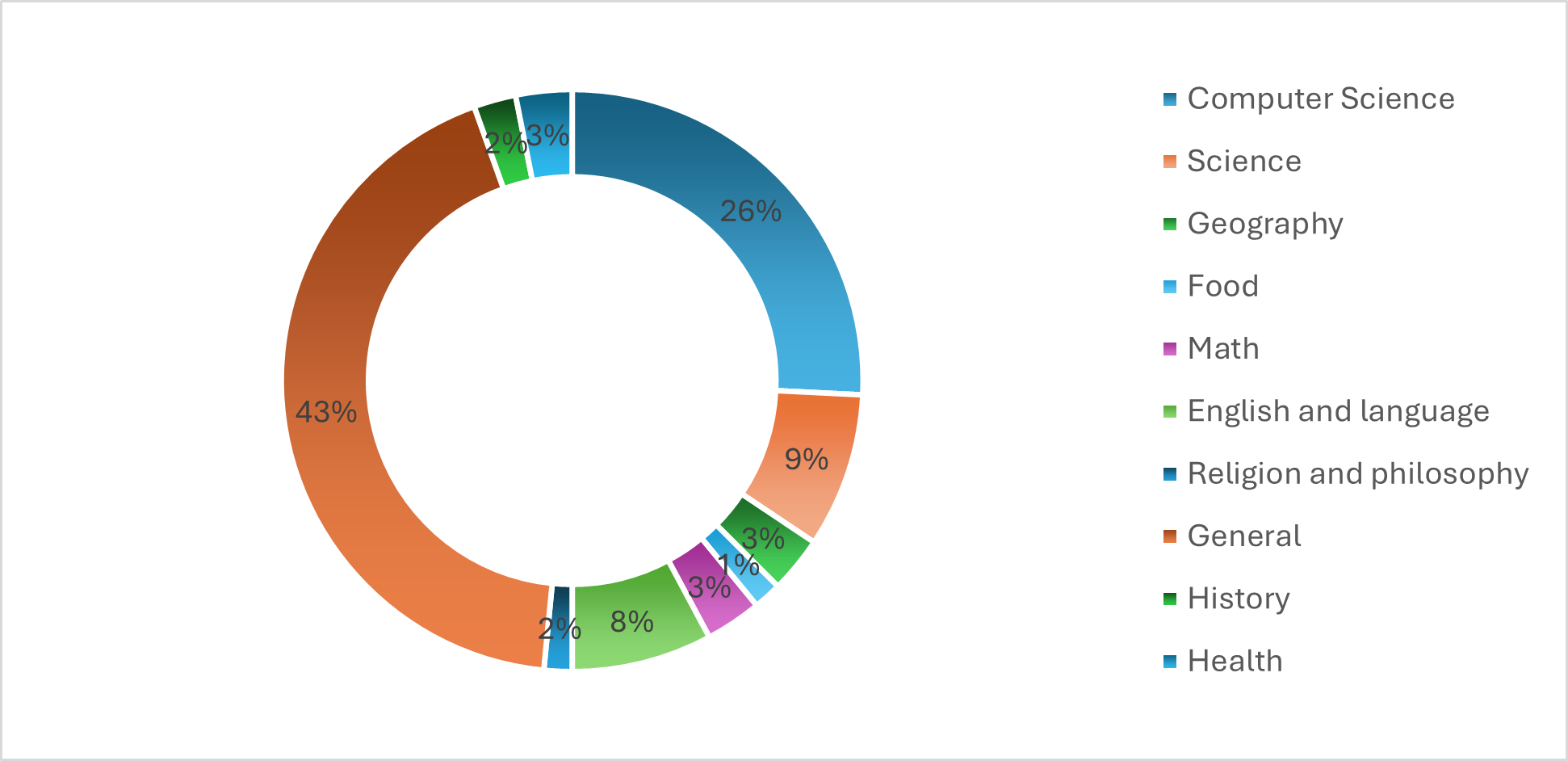Strategy, Governance and Risk

What role will public servants play in an AI connected world? Nearly 700 million people use AI each week, and the Australian Government has just launched its own sovereign-hosted instance of GPT-4o.[1],[2] Within the APS, 70% of staff believe AI will transform service delivery and policy.[3] Yet that optimism must be tempered by the lessons of previous attempts at automation such as Robodebt, underscoring the need for strong ethical guardrails that maintain public trust.
Industry’s embrace of AI shows what’s possible. Medical researchers have shortened drug discovery timeframes, farmers use real-time monitoring to boost crop yields and conservation efforts, and health professionals see more patients by reducing administrative burdens with AI.[4] But disruption and unintended consequences have followed. In professional and financial services, clients may now receive a report in minutes which once took junior consultants’ weeks to prepare.[5] AI is also making inroads into the care economy with therapy bots offering scripted counselling, and social media platforms building AI “friends” to counter loneliness.[6]
The individual’s use of AI is the precursor for successful government deployment. Cultural readiness allows the promise of AI efficiency to be realised. We can see that people are using AI for a range of topics; health, education, and general learning. Its application promises efficiency, not for its own sake, but to free up public servants to spend more time engaged in the complex thinking needed to address important social problems.
For this article, we conducted an analysis of open-source AI model training data. We algorithmically clustered prompts into statements with a common theme. For example, “medical, doctor, symptoms, patient” and “earth, planet, sun, solar”. Clusters were randomly chosen and analysed against Bloom’s Taxonomy, a framework for classifying classroom learning objectives by cognitive complexity. Basic knowledge, or lower order thinking, is categorised as remembering, understanding and applying. Higher order thinking is categorised as analysing, evaluating and creating. [7]
Twenty-six percent of prompts relate to computer science and technical how-to in Python, React, JavaScript, and networking. Eight percent cover English and language, including essay writing and text interpretation. Math and science make up 12%. But the largest share—43%—involves general conversation with the AI: polite interactions, jokes, gift ideas, film recommendations, and personal questions.
Figure 1: How people are using AI

The taxonomy mapping shows most people use AI to “remember” or “understand” information, i.e lower order thinking. The analysis showed very little use of AI for higher order thinking.[8] For example:
A word search spanning all 15,200 prompts for “government,” “department,” “agency,” and “public service” yielded just 55 results (0.36% of the sample). Eight of the 55 asked for agency or policy information and the rest related to political science or historical facts. This suggests people either don’t realise AI can deliver government services or didn’t need them in this sample.
AI could shift government’s front door services from digital to artificial. The breadth of topics in the dataset shows people trust AI with medical, personal, and social issues. With the right model, AI could handle many administrative, in-person, and phone queries, and would be limited only by computational power. Lengthy delays could disappear in front line areas like the NDIS, Veterans’ Affairs, Centrelink and Health and Ageing.
Within agencies, AI could take over the lower order thinking tasks in policy and regulation. Recalling past decisions, preparing minutes and records, compiling statistics, or drafting background material for briefings could all be undertaken by a well-trained model. An AI integrated with enterprise data could also retrieve decades-old institutional knowledge in seconds. Retirements and staff movements would no longer erase critical history.
Government IT projects could also benefit. Many prompts within the dataset analysed involved Python, JavaScript, and machine learning questions. AI could streamline development by reducing code review, debugging, and training time. Smaller teams could build and test faster, delivering products on schedule.
If AI assumes responsibility for gathering fundamental information and undertaking routine tasks, public servants can focus on creativity, higher-order thinking, evaluation, and analysis. In practice, this could mean uninterrupted time to review literature from academics, industries and other governments. Economic models and business cases can be informed with richer real-world data, with teams directing efforts towards closing data gaps rather than making assumptions.
Positioning AI as the first point of contact for government could also free up frontline areas to work on more complex cases that require judgement and empathy. Claims that traverse portfolio areas could be linked to a single customer service agent for resolution. Social policy experts could meet and collaborate in the same way medical teams do to deliver high-quality continuity of care.[9]
One of the most surprising findings was how often people socialised with AI. Gift suggestions for anniversaries, mothers’ day, valentines and first dates made up an entire category. Turning to AI for advice on presents suggests a shift in how people seek advice and connection. This is no different in the public service, which relies on the communication of ideas across sections and divisions. The public service often struggles with this and is criticised of siloed working. If AI takes over transactional tasks, engagement and collaboration must become the public services’ cornerstone, at least until Artificial General Intelligence (AGI) arrives and we can ask it to fix our deepest problems.
And whilst AGI may one day transform how we work and live, the immediate priority is integrating today’s AI responsibly into government services. Understanding how to wield this readiness to automate lower-order tasks that are repetitive and transactional will free public servants to work on higher-order challenges; the complex, cross-portfolio issues that require deep analysis, collaboration and creativity. For leaders in the public service the short term goal is clear: ethically shepherd adoption and invest in capability and AI deployment that elevates, rather than erodes, the human role in public service.
[1] https://www.cnbc.com/2025/08/04/openai-chatgpt-700-million-users.html
[2] https://www.itnews.com.au/news/gov-quietly-launches-onshore-instance-of-gpt-4o-for-aps-618944
[3] https://www.themandarin.com.au/296879-public-servants-positive-about-ai-use-in-service-delivery-mandarin-survey/
[4] https://www.industry.gov.au/publications/australias-artificial-intelligence-ecosystem-growth-and-opportunities
[5] https://www.thefp.com/p/the-consulting-crash-is-coming
[6] https://sfist.com/2025/05/01/mark-zuckerberg-gets-roasted-for-saying-the-average-american-has-fewer-than-three-friends-while-pushing-ai-chatbots/
[7] https://www.monash.edu/learning-teaching/TeachHQ/Teaching-practices/learning-outcomes/how-to/align-with-taxonomies
[8] ibid
[9] https://www.health.gov.au/our-work/strengthening-medicare-measures/encouraging-multidisciplinary-team-based-care
Our team of experts will work closely with you to deeply understand your challenges and find how we can leave you feeling protected, or better equipped to drive change, and impact society.